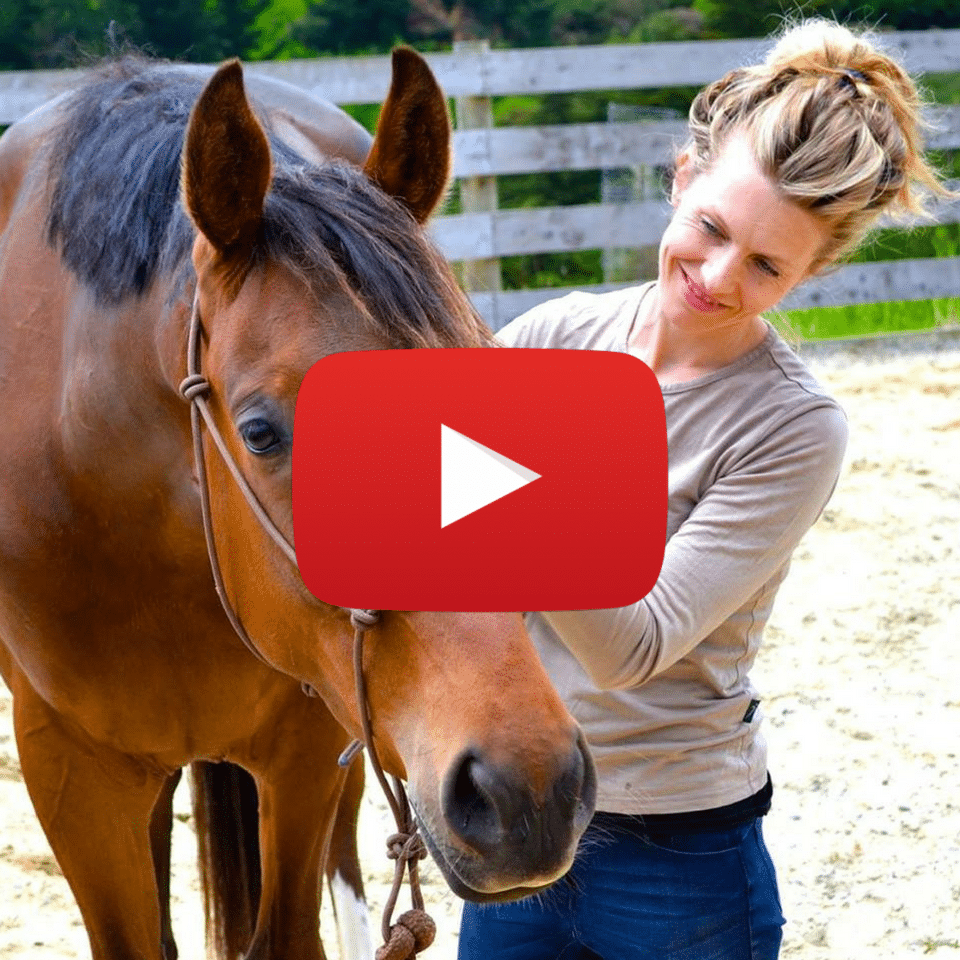Last week, I wrote about my experience with frustration and how the whole “leave your emotions at the gate” is not mantra that I subscribe to. As you know, our emotional life can create some enormous highs, some fairly long plateaus of not-much-ness and some equally deep lows, and it can be confronting to consider how much we ourselves are responsible for those experiences.
The conversation of emotions is a big one, so for this one I want to zero in on our physical relationship with emotion and how our interpretations of what’s going on can pull us into a fight flight response.
The structure of our body is changing all the time. Between the parasympathetic and fight flight nervous system, our bones and organs all change their position. Even at rest, we are not static creatures; our system is humming, changing, moving pulsing.
Our brain is making ongoing decisions about our safety in relationship to our environment and our structure is responding accordingly. We experience sensation when the structure of our body changes in response to sensory stimulus. In this way, we are designed to be getting messages from our body all day long.
For example, I can feel a tightness in my chest, even a shortness of breath when my diaphragm moves up in my torso, shifting my heart and lungs from lower down to higher up.
In reality, this is a movement towards the parasympathetic; in the sympathetic system, my diaphragm drops, and my heart and lungs follow suit. The reversal of this position indicates my system is returning to more “everyday operation” mode.
Where things start to go wonky is when I start to interpret physical sensation and meaning with a specific emotional label. If we continue to run with the example I’ve given above, many people interpret that experience in their body (tightness in the chest, shortness of breath) as anxiety.
When we habitually attach an emotional label to a physical sensation or experience, we “map” that experience into our brain, and tie the two together as a sympathetic reflex. What that means is that every time I then experience a fullness or tightness in the chest, I create the experience of “I am anxious”.
As every thought has its own motor pattern, the experience of anxiety expresses through me, regardless or not it matches the reality of the moment.
Just because I’ve attached the label of anxiety to the physical sensation, however, does not mean my interpretation is accurate. Instead, I have come to interpret a particular experience in my body as dangerous or negative when in fact, it was the body shifting OUT of fight flight mode.
Decoupling emotional labels from physical sensations and associations is a big part of my work- and one that can literally be life changing. We get ourselves in so much trouble with our subjective interpretations of what our body is communicating to us, and in doing so constantly pulls ourselves into the sympathetic.
We are meaning making machines, so we have a responsibility to ensure we aren’t making life more difficult than it needs to be.
Onwards.
❤️ Jane
If you are interested in doing this work together, check out JoyRide. This is a big part of what we do. You can check it out here!

